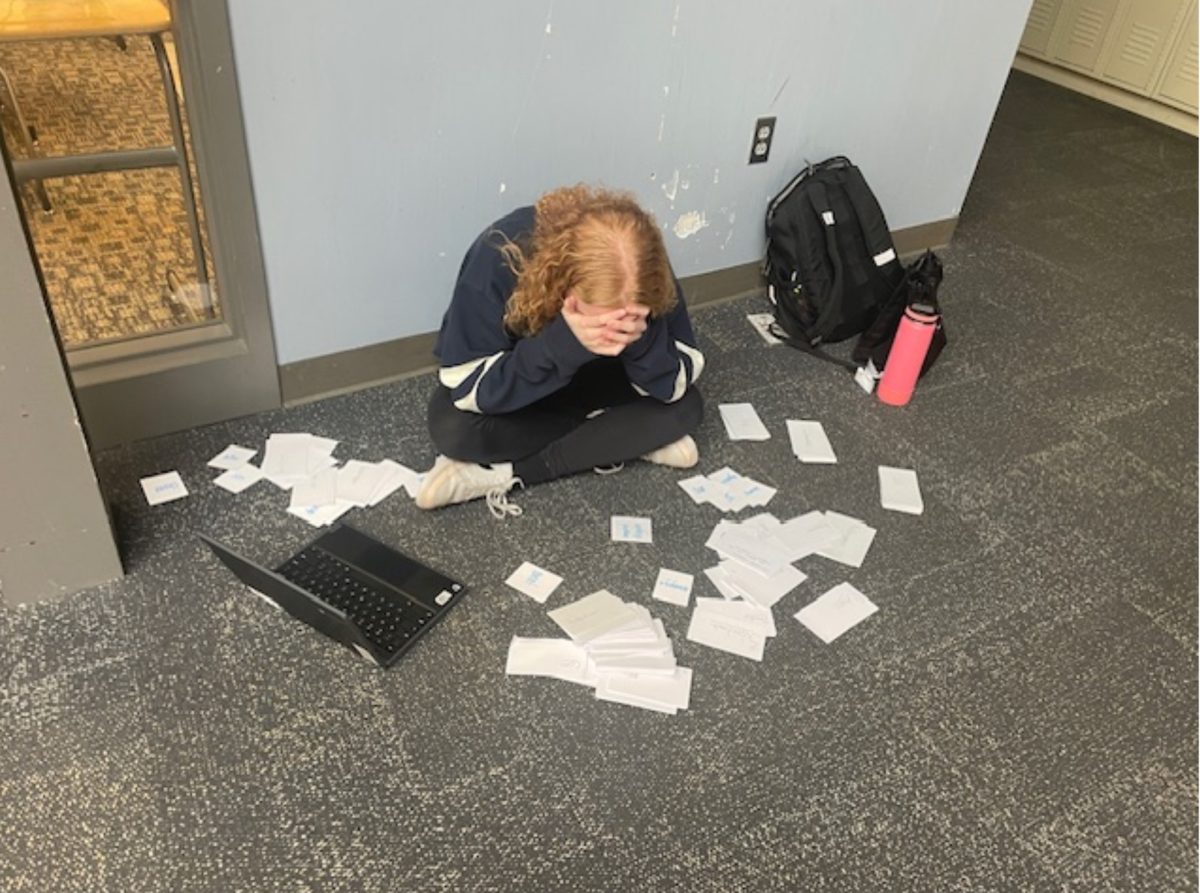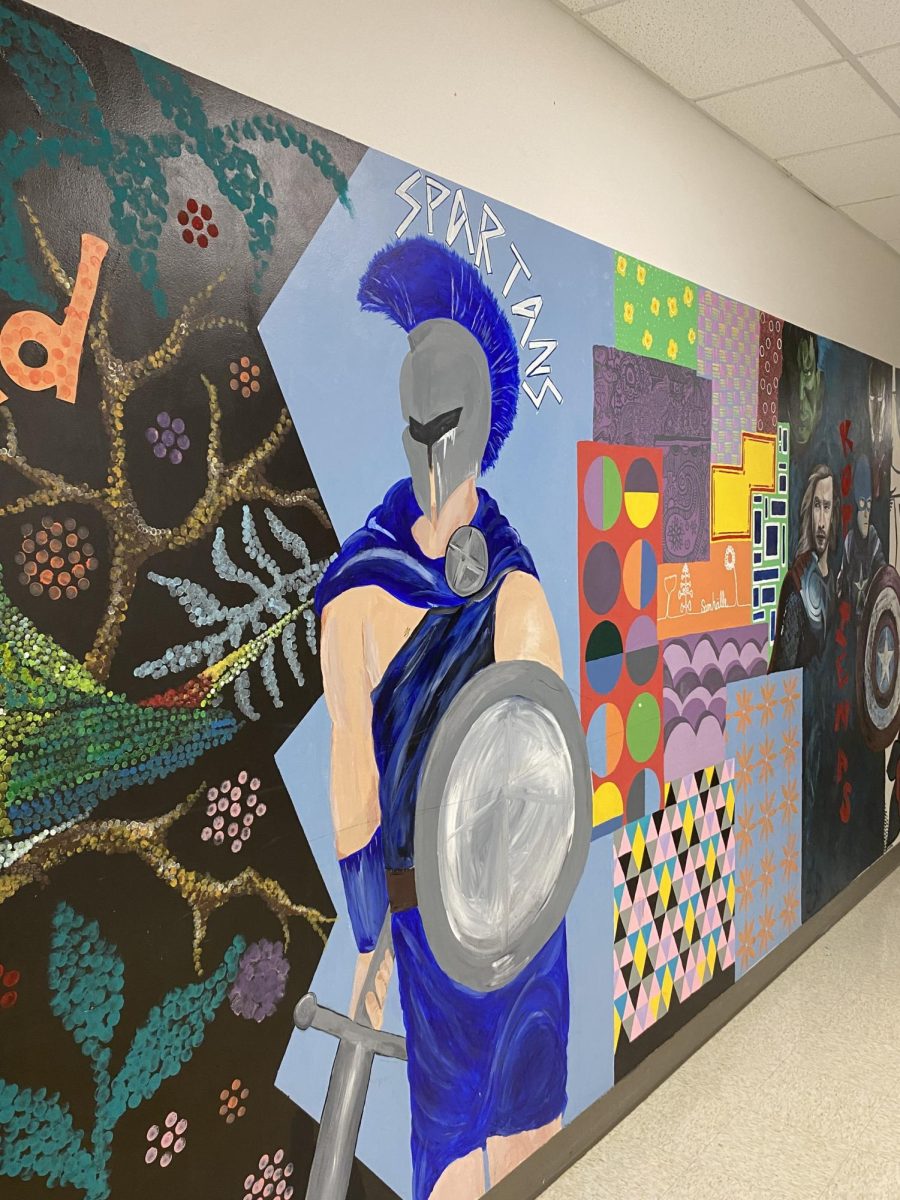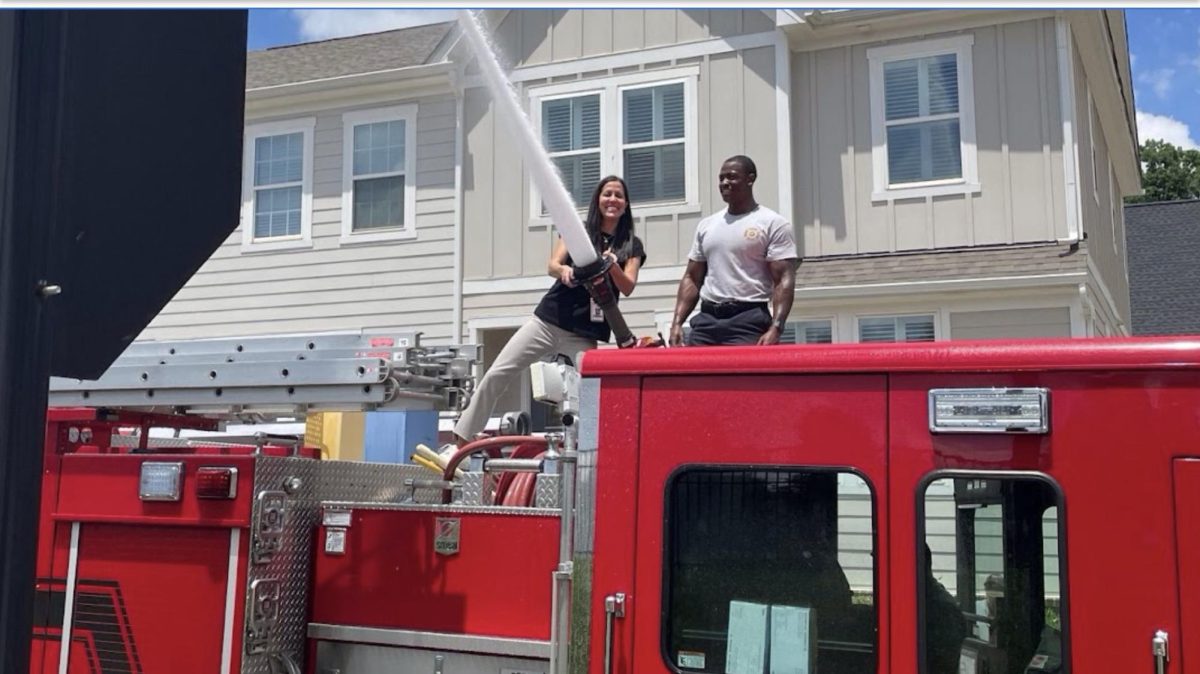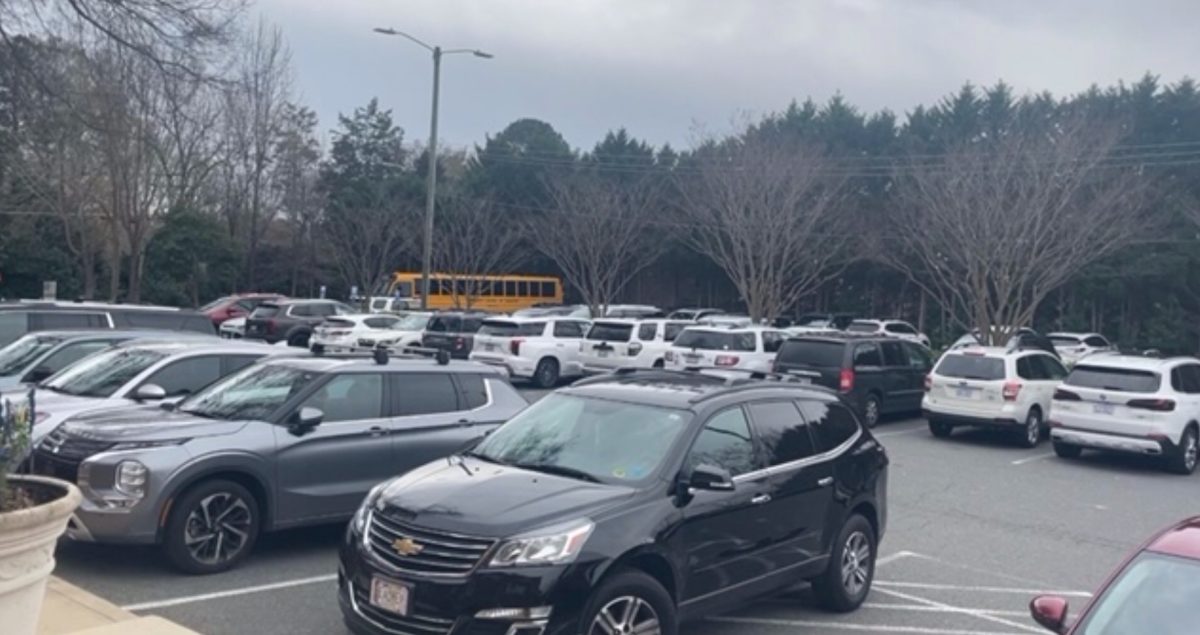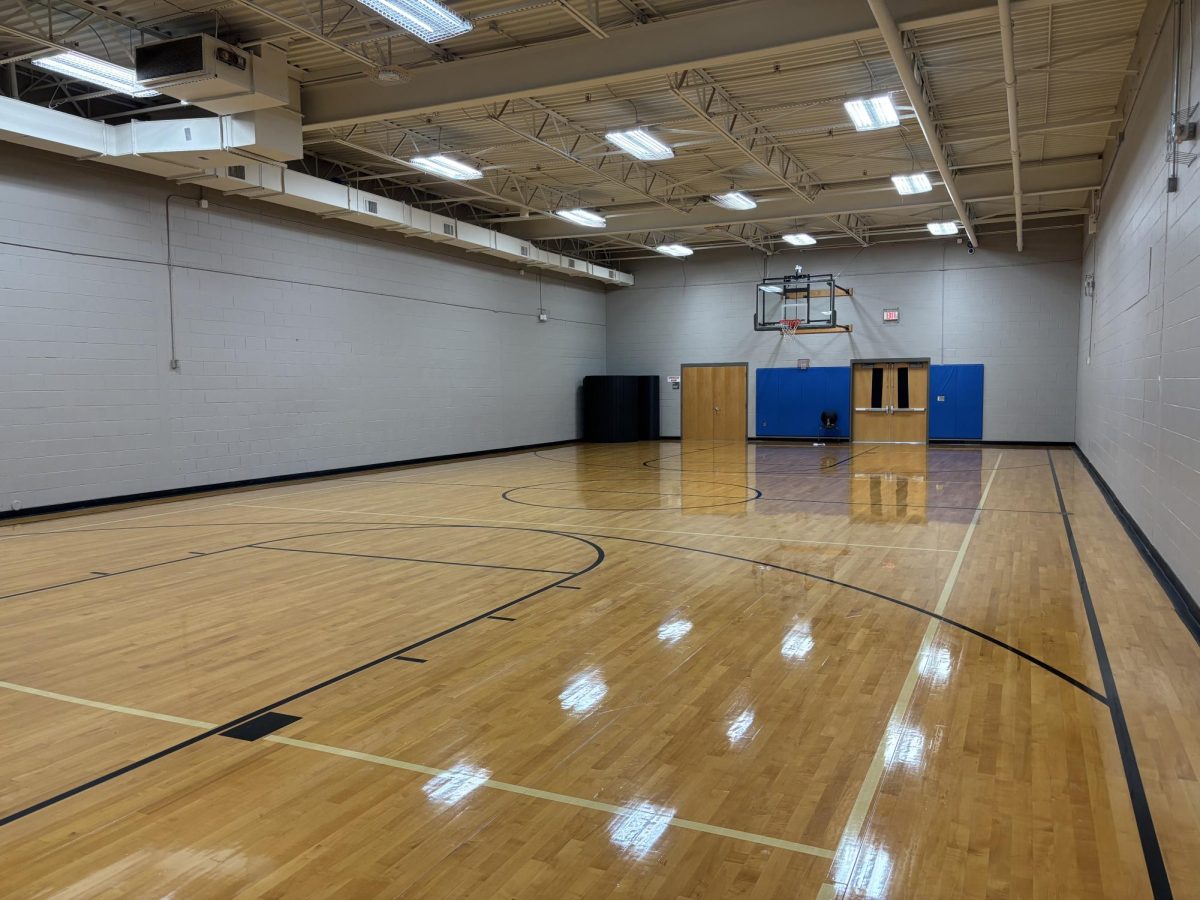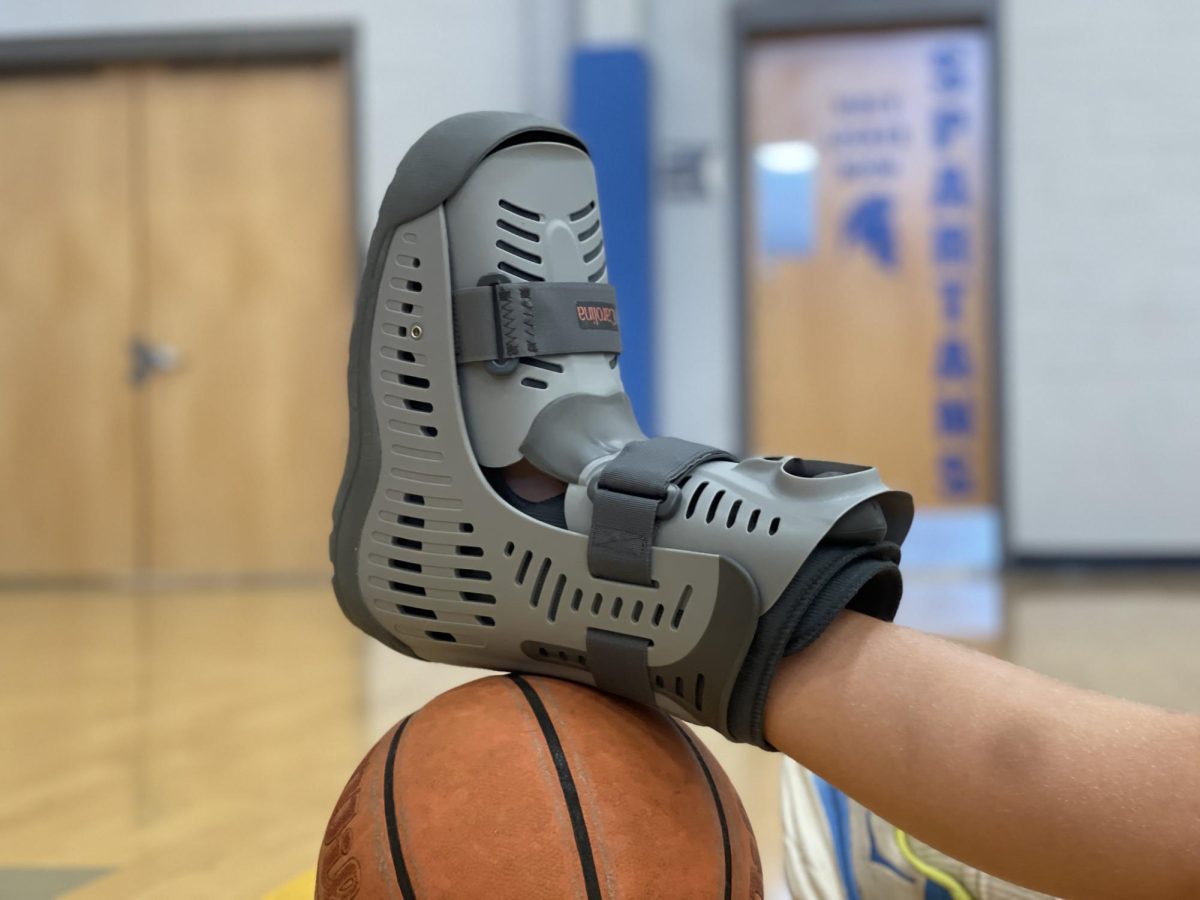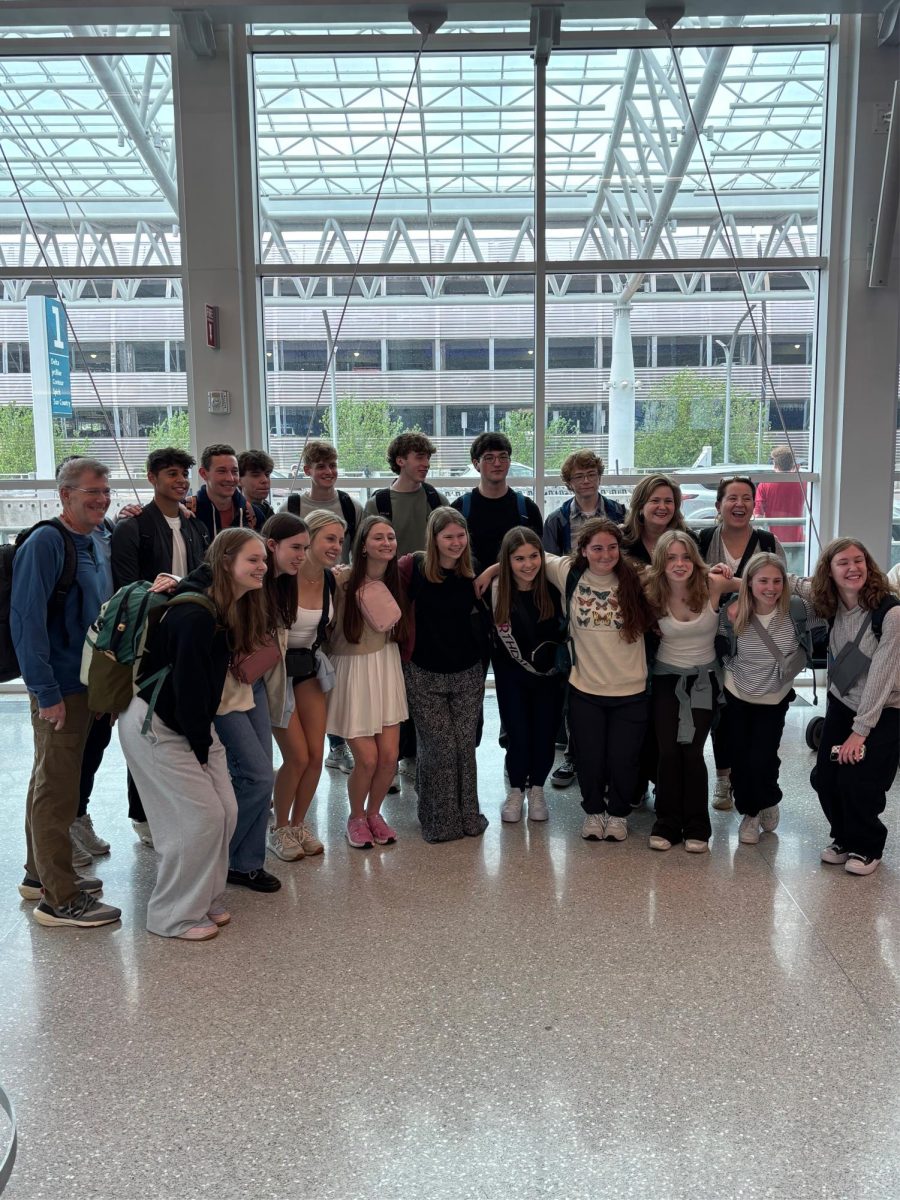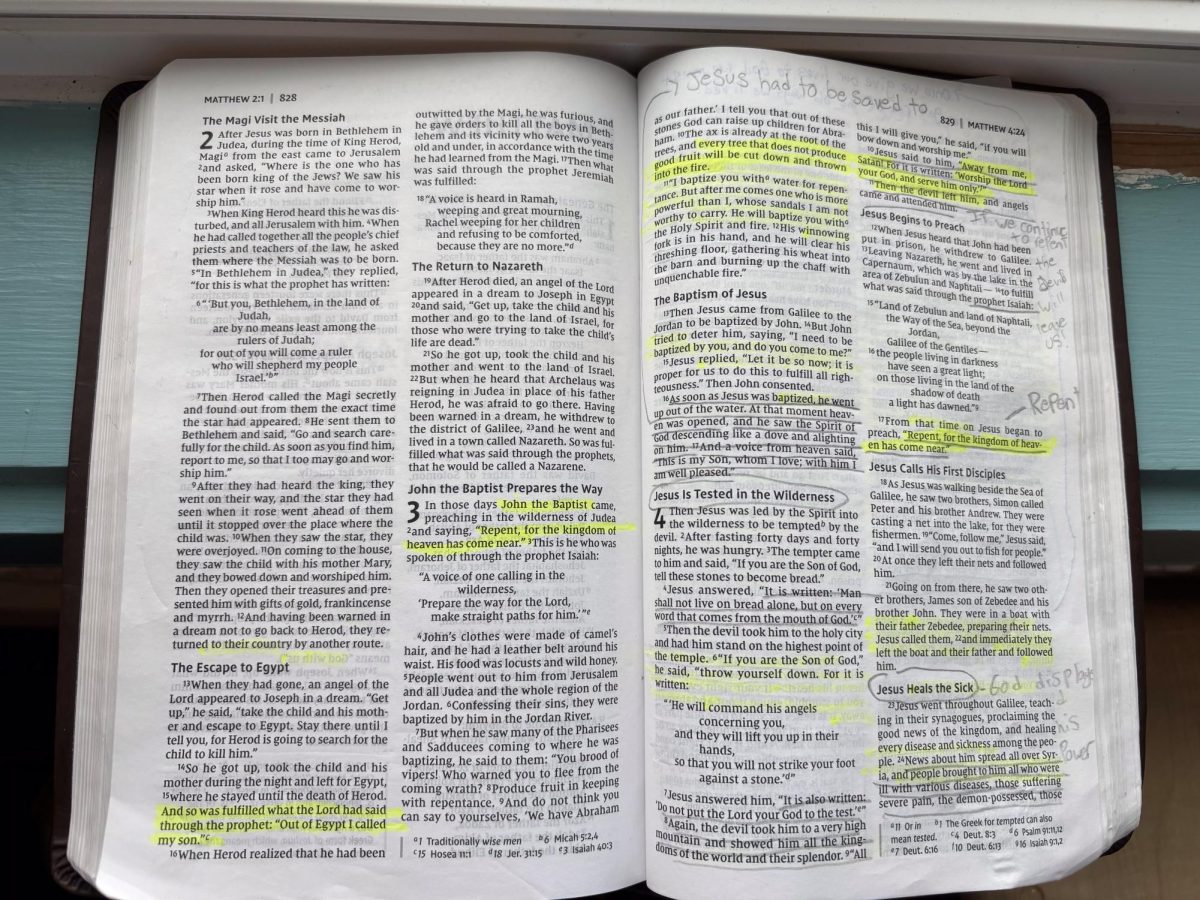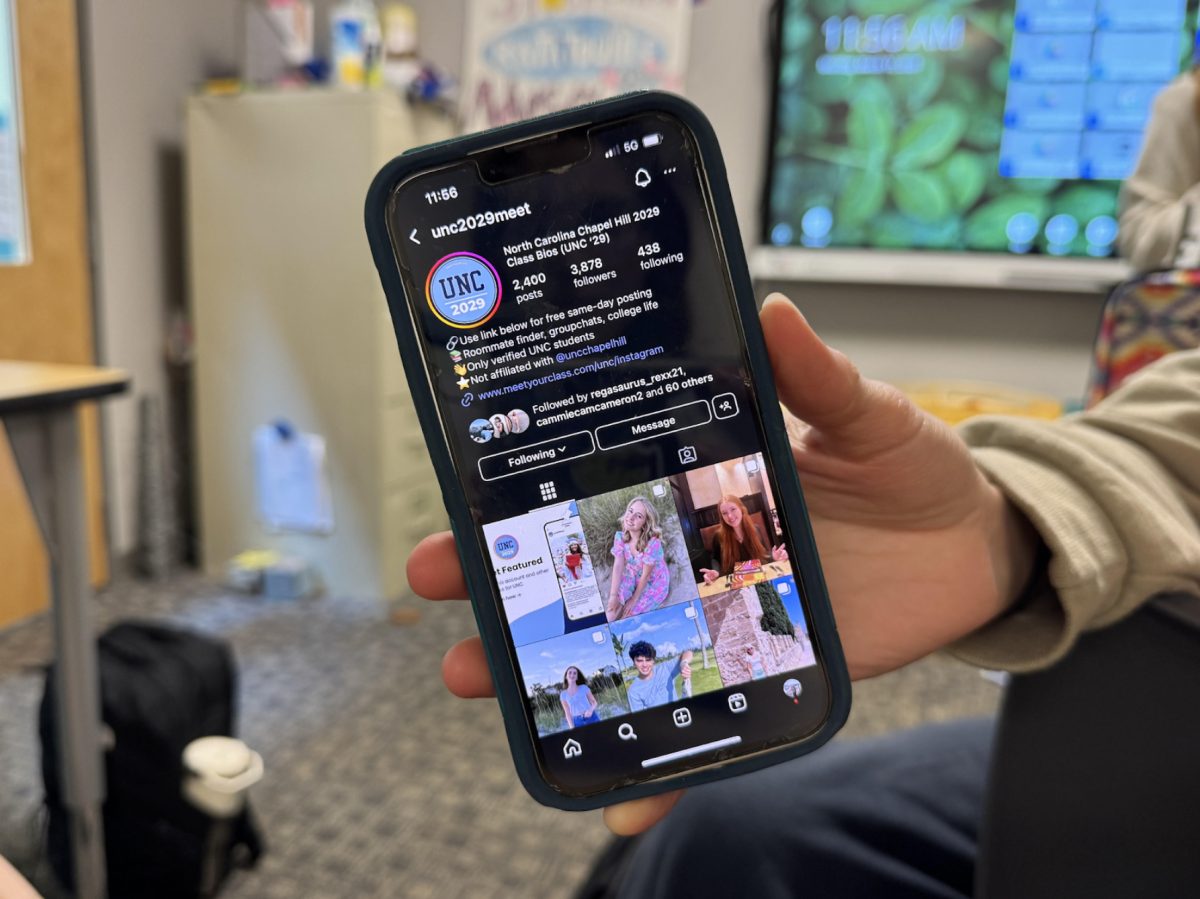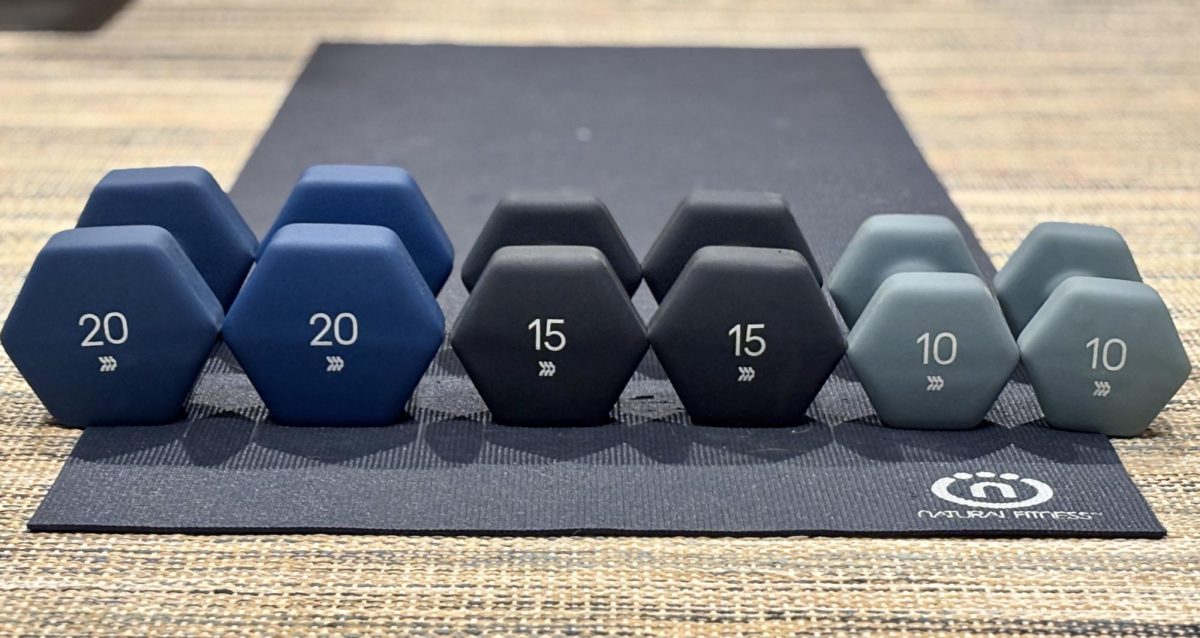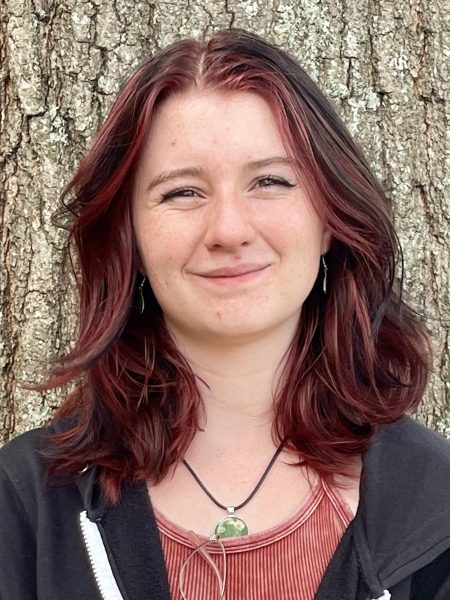The anticipation of holiday vacations and extended breaks away from school are enough to put stars in any student’s eyes. The opportunity to put down books, turn off screens and push heavy backpacks into a forgotten corner of a room is like a dream come true after days, weeks and months of mounting academic, social, athletic and other pressures.
But these breaks, however, come with an unintended consequence. Long stretches of time where students don’t learn the subject material or practice their necessary skills make it especially difficult to get back into the swing of things once school is back in session.
Learning and navigating the school year becomes extremely difficult when next to nothing seems normal. This scenario (and the struggles that come with it) is true for students at the Community School of Davidson (CSD).
“Most people have a routine to get things done, and without that schedule people will get off topic and spend time slacking off,” CSD sophomore Lulu Comfort (‘27) said.
The end result, after the short term thrill of the vacation has faded, is called burnout. The science behind burnout is fairly simple. Caused by stress, it is essentially a mental block against continuing your work.
According to the Mayo Clinic, burnout is common for adults in the workforce and students in school, and a lot of factors can contribute to burnout such as a lack of control or understanding over what is expected, social and time conflicts and a lack of support or private time.
Burnout affects both students and teachers. As much as breaks help build and refresh energy, both students and teachers say that returning after a long respite is difficult.
Burnout is not entirely tied to school schedules. Extracurricular activities such as sports, no matter the time of year, can contribute to burnout. Sports and jobs cut into student schedules so the physical and mental strain of such activities also adds to the amount of time students need to sleep and maintain their mental well-being.
“It adds stress between work messing with your sleep and that messing up your performance the next day,” Comfort said.
As for seniors approaching graduation, burnout often camouflages itself in the form of “Senioritis,” a form of burnout specifically attributed to the feeling that high school seniors get once they’ve completed their necessary classes and have the end of the school calendar in sight. With a looser schedule, lighter workload, and a loss of motivation, there is a tendency among these upperclassmen to fall into a sort of slump, caring less about their classes than at other times earlier in the year.
“All students, especially seniors, seem to struggle in the spring, but we know it is possible to buckle down and get work done,” Leslie Bragg, Student Life Leader, said.
Another reason that burnout ramps up at schools like CSD is the uptick in assessments. As school subjects become increasingly difficult, tests, quizzes and exams quickly approach, including school specific and state required exams, many students feel like there’s not enough time in the day to complete all their work let alone study and properly prepare.
Weather can also be a contributing factor. Another reason for CSD’s current burnout trend in North Carolina is that the winter weather can travel well into the spring months. This is important to note because of how it affects student schedules. The potential of snow days, winter sports ending and spring sports beginning, and more students beginning seasonal jobs, all factor into the amount of personal time that students need to use. This often cuts into homework time in more ways than one.
For current CSD students, the warm air signaling spring break encourages feelings of excitement, but it also can cause students to be lazy. Students often tend to pay less attention and put less energy into class when they are anticipating their vacation. Approaching any break tends to amplify the issue, especially when students are expecting a long time away from school.
“Students and teachers tend to feel more burned out approaching longer breaks like winter break and spring break,” Bragg said.
There are several steps that both students and teachers can take to anticipate and avoid burnout. While many students don’t have the option due to vacation travel, additional work hours or other demands, some try to combat this by keeping up their study habits.
“I try to [study over breaks], because I don’t want to have more work to do whenever we come back,” Brianna ‘Skye’ Misko-Holman (‘27) said. “It keeps me refreshed.”
Balancing this workload and preventing burnout can be a Herculean task. Some CSD teachers do their best to preventively avoid burnout by allowing students ‘get-it-together’ days in school to study before tests. Others avoid assigning homework to account for students’ schedules, and even more teachers allow students to use note cards on assessments. These methods have often had an overall positive effect on student welfare.
As much as breaks bring on the energy, both students and teachers are affected by the promise of a long respite. And while some grades are more frequently affected by burnout, it can happen to anyone. Because of that, it is so important to keep track of motivation and counteract burnout when you notice its symptoms.
“Overwhelm is a real thing, but don’t use that as an excuse to check out. If you’re able to look long-term, you can see that blowing off a big assignment for any reason is not a wise decision,” Bragg said. “I’m always the most productive when I look at the week ahead, make a schedule that includes time for work and time for fun, and then refer back to that calendar when I’m in the midst of my day. It is possible to create a balance for yourself.”

